Applications¶
One of the primary motivations for manufacturing a quantum computer is to use it for practical applications. Take a look below at some of the applications that can be run on our quantum photonic hardware.
Graphs and networking¶
Strawberry Fields provides tools for solving graph or network-based problems. Many problems of practical relevance can be stated in terms of a graph. For example, graphs can be used to model financial markets, biological networks, and social networks.
Graphs are composed of a collection of interconnected nodes. One task often carried out is to search for clusters in a graph: regions with a high level of connectivity. These subgraphs may correspond to communities in social networks, correlated assets in a market, or mutually influential proteins in a biological network. Finding these clusters in large graphs can be tough, but photonic quantum computers can help.
Machine learning¶
Quantum machine learning is an exciting and rapidly-growing field with multiple approaches to integrating quantum systems into the existing toolchain. One hybrid approach is to treat quantum circuits as an analog of a neural network, providing a machine learning model by controlling parameters of fixed gates in the circuit. Design, simulation, and hardware execution of these variational circuits is handled by Xanadu’s PennyLane package.
Strawberry Fields focuses on providing the functionality for using quantum photonic devices for machine learning.
Chemistry¶
Quantum computers are naturally suited to simulating chemical systems, where processes and interactions on the atomic level are governed by quantum mechanics. One use-case for photonic devices is to study how materials absorb light at different frequencies. These absorption spectra can be useful for tasks such as solar cell optimization or in pharmaceuticals. Photonic devices can also be used to simulate the vibrational excitations and dynamics of molecules. These simulations help to design controlled chemical reactions through the optimization of vibrational excitations. Strawberry Fields allows you to reconstruct vibronic absorption spectra and simulate molecular vibrational excitations and dynamics simply by inputting chemical properties of the molecule being considered.
Sampling¶
Quantum computers are probabilistic and a common task is to take samples. Gaussian boson sampling (GBS) is a photonic algorithm that can be realized using near-term devices. Samples from GBS can used for graph optimization, machine learning, and chemistry calculations. Strawberry Fields provides high-level tools for embedding problems into GBS without needing to worry about designing a quantum circuit.
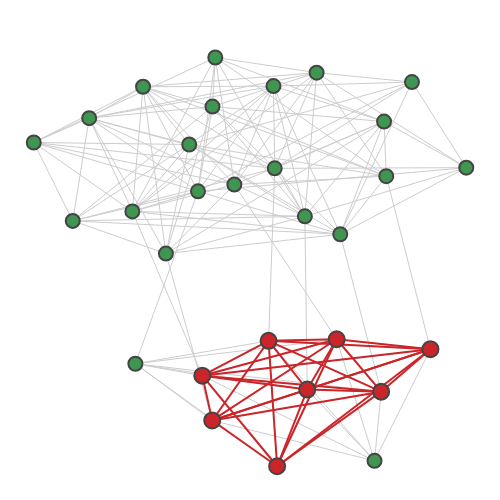
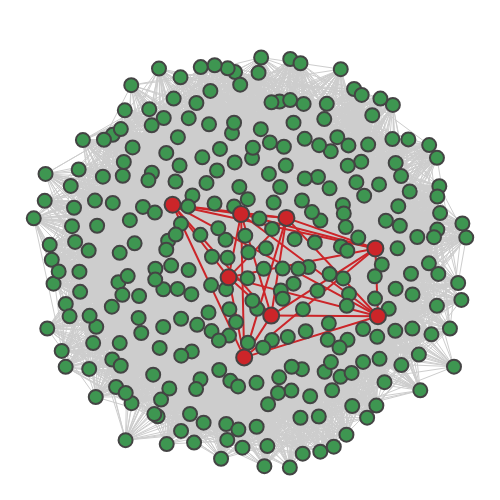
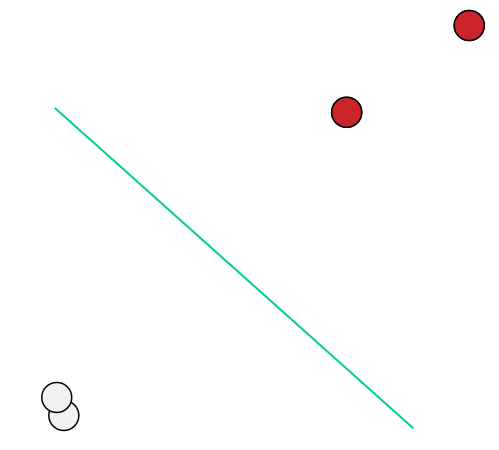

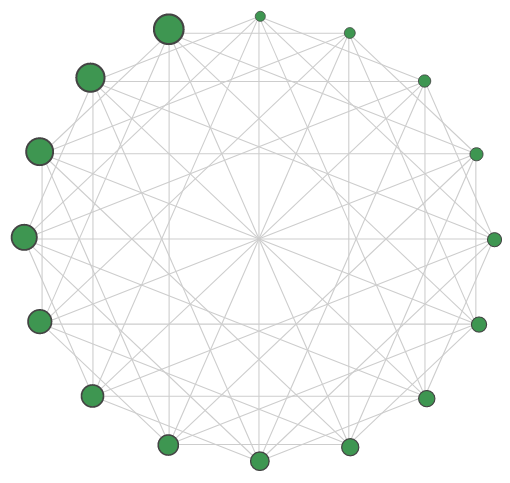


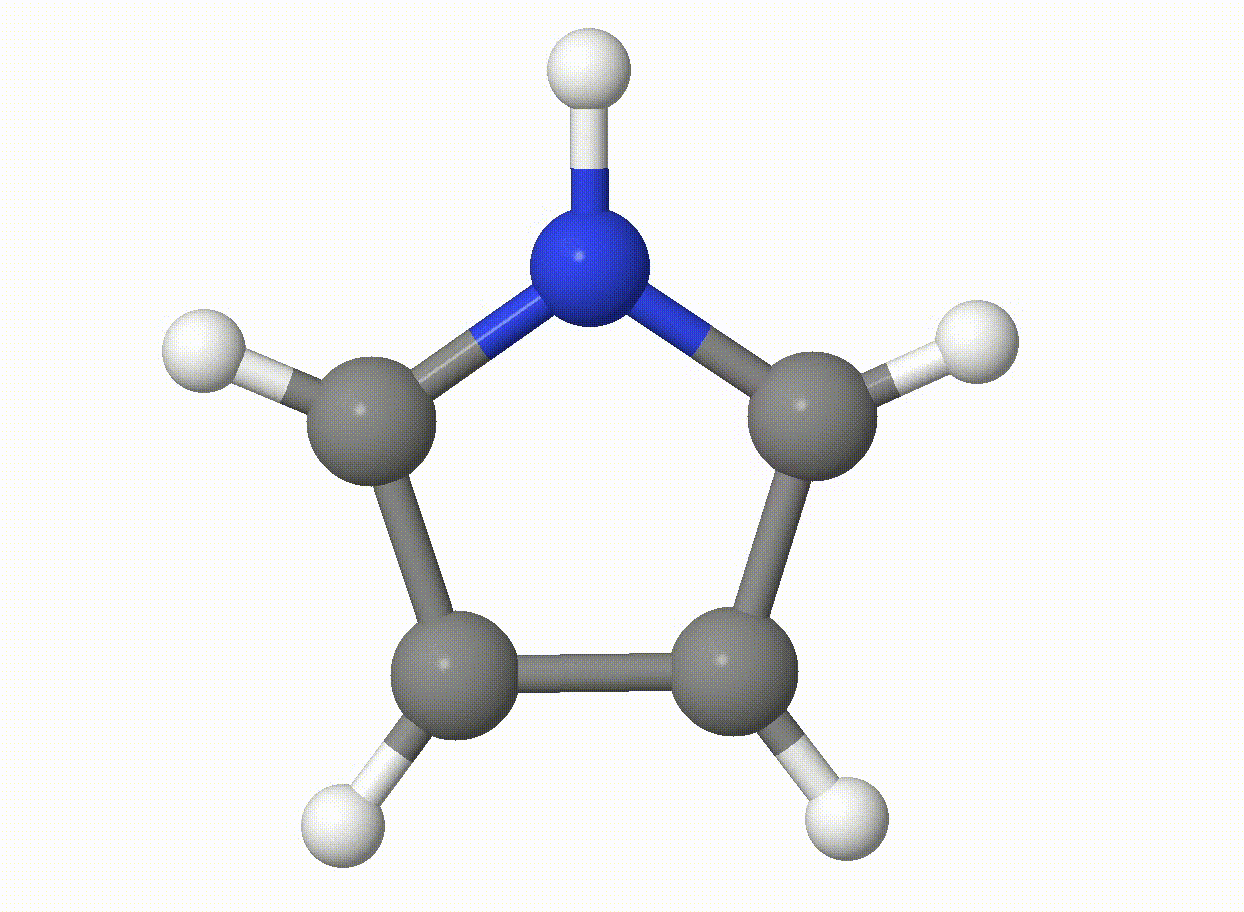
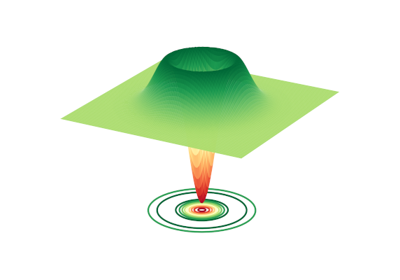
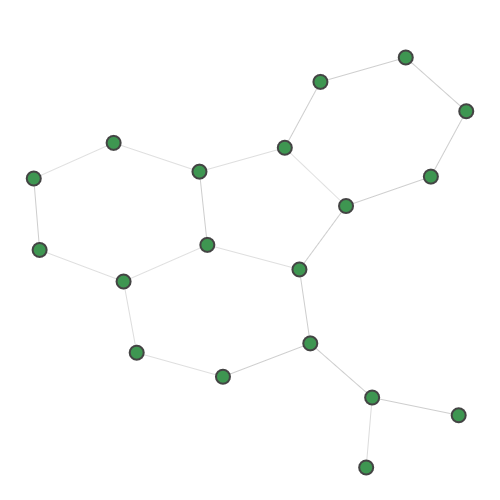
Contents
Downloads
Related tutorials